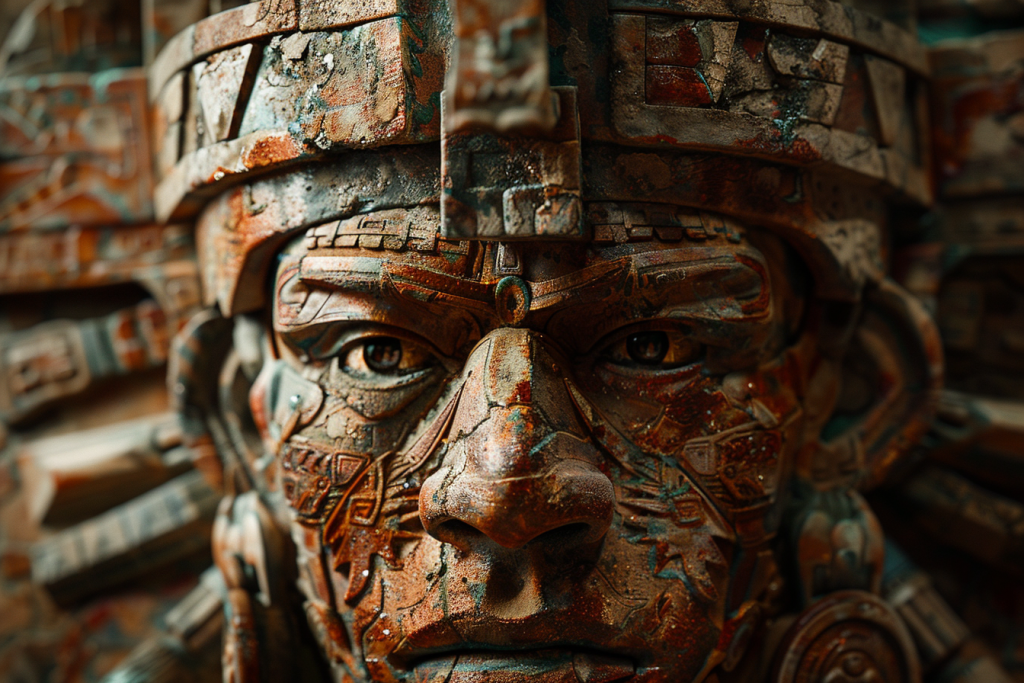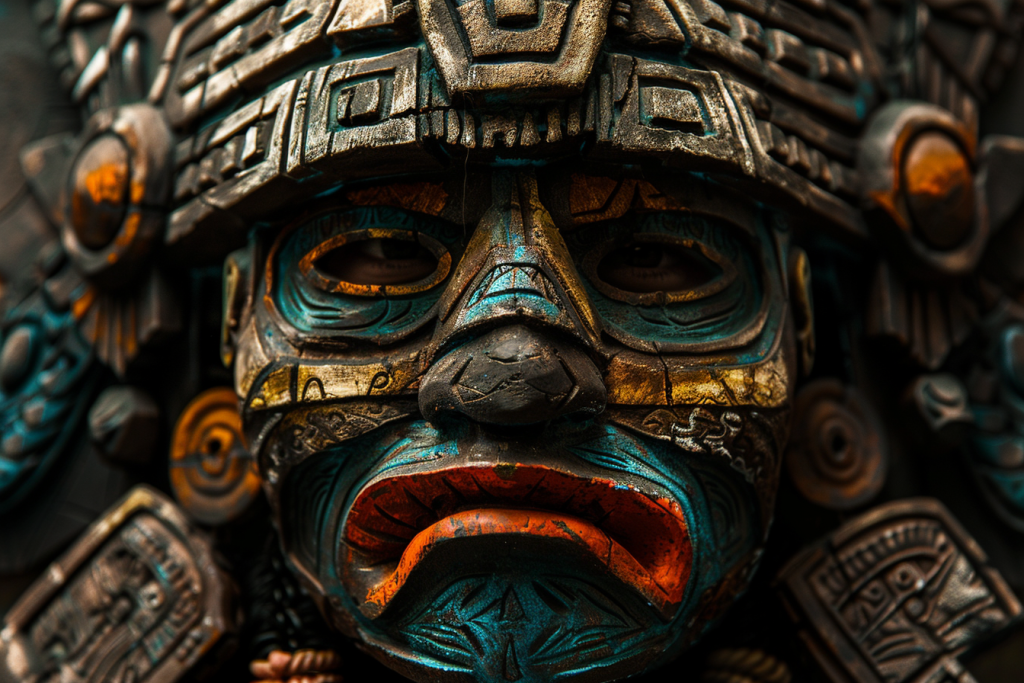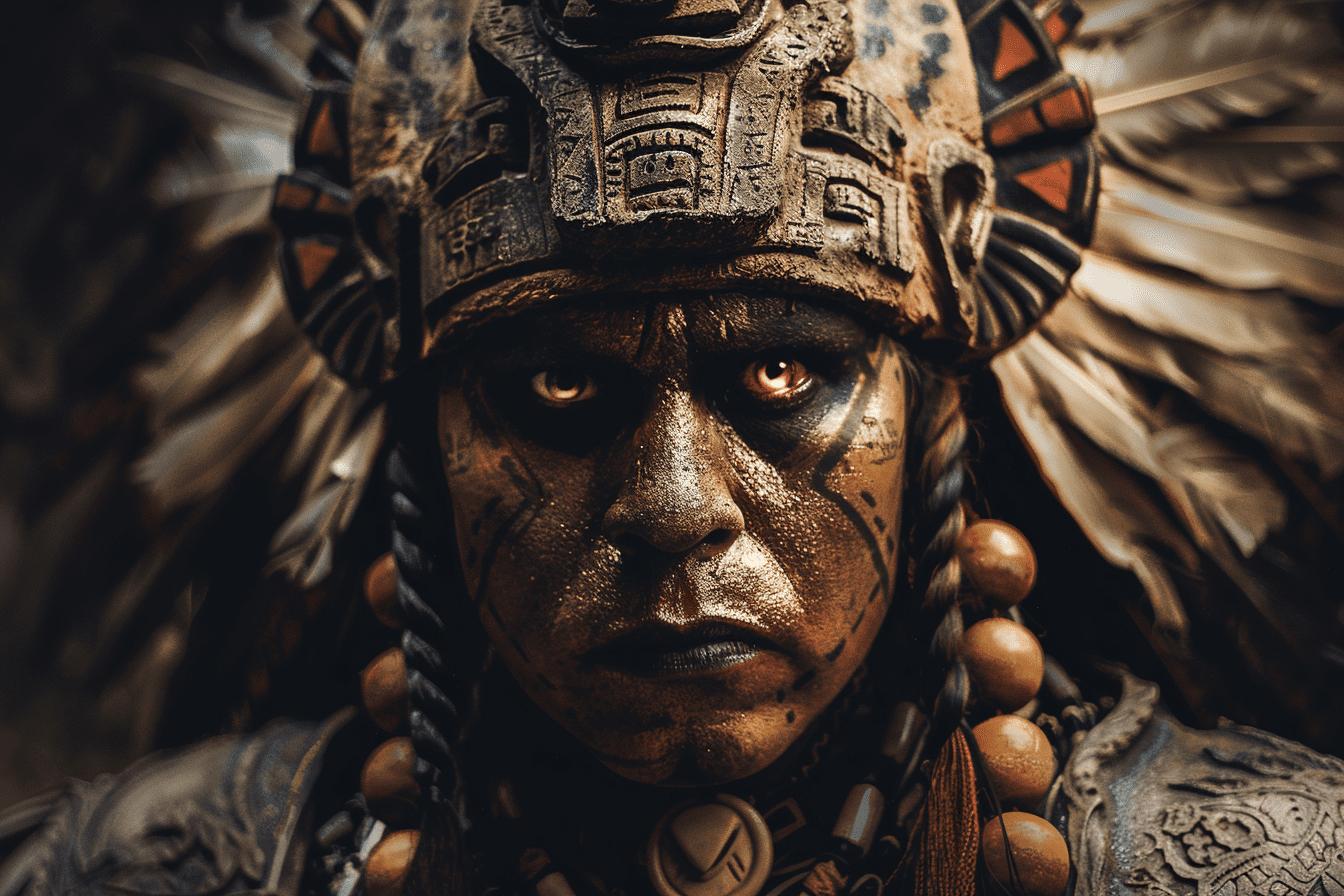Introduction to Supay
In the pantheon of Inca deities, Supay holds a distinctive place as the god of the underworld, also known as Uku Pacha. This realm was not only a place of the dead but also a domain of untapped resources and potential, embodying both fear and reverence in the Inca civilization. Supay’s role extended beyond the mere guardianship of the afterlife; he was also associated with minerals and the unseen forces within the earth, making him a complex figure within Inca mythology.
Get your dose of History via Email
Mythological Background and Attributes
Supay, in Inca mythology, was often depicted as a fearsome deity, commanding a legion of demons known as “Supayku” or “Supaykuna,” which helped him oversee the underworld. Despite his daunting image, Supay’s character was multifaceted. He was not only a figure of dread but also a guardian of the riches that lay beneath the earth’s surface, such as precious metals and gems. This dual nature made him an essential deity in the Inca religious landscape, embodying the balance between fear and respect for the forces of nature.

Worship and Rituals
The worship of Supay was deeply intertwined with the Inca’s understanding of death and the afterlife. Rituals and offerings were made to appease Supay, ensuring the safe passage of the deceased into the underworld and securing the deity’s favor for the living. These practices highlighted the Inca’s belief in the interconnectedness of the worlds of the living, the dead, and the divine. Supay’s veneration was a testament to the Inca’s respect for the cycles of life and death and their acknowledgment of the underworld’s significance in their cosmology.
Supay’s Role in Inca Society
Supay’s influence extended beyond the spiritual realm into the social and economic fabric of Inca society. His association with the underworld’s riches made him a pivotal figure in mining activities. Miners would invoke Supay’s protection and guidance in their search for valuable minerals, a practice that underscored the deity’s dual role as a feared overseer of the dead and a benevolent provider of earthly wealth. This relationship between Supay and the miners reflects the broader Inca belief in the sacredness of the natural world and the need to maintain harmony with the divine forces that govern it.

Conclusion
Supay, the Inca god of the underworld, embodies the complex interplay between fear, reverence, and the cycles of life and death that characterized Inca religious beliefs. As a guardian of the afterlife and a symbol of the earth’s hidden treasures, Supay’s worship reflects the Inca’s nuanced understanding of the natural and supernatural worlds. His legacy continues to be a subject of fascination for scholars and enthusiasts of Inca mythology, offering insights into the rich tapestry of beliefs that shaped one of the most sophisticated civilizations in the ancient Americas.
Sources and further reading
FAQ
How many gods did the incas have?
The Inca civilization had a polytheistic religion with many gods. They worshipped a large pantheon of deities, each associated with different aspects of life and nature. Some of the primary gods include:
- Inti – The sun god and the most important deity.
- Viracocha – The creator god.
- Pachamama – The earth goddess.
- Mama Quilla – The moon goddess.
- Illapa – The god of thunder and rain.
- Supay – The god of death and the underworld.
In total, the Inca religion recognized hundreds of gods and spirits, each with specific roles and significance in their daily lives and cosmology.
What was the religion of the Incas?
The religion of the Incas was polytheistic, involving the worship of many gods and nature spirits. It was deeply intertwined with their understanding of the natural world and the cosmos.
Worship Practices:
- Temples and Shrines: The Incas built elaborate temples, such as the Coricancha in Cusco, dedicated to Inti, and smaller shrines (huacas) throughout their empire.
- Rituals and Ceremonies: They performed various rituals, including sacrifices of animals, agricultural products, and, in some cases, humans, to appease the gods and ensure good harvests and protection.
- Festivals: They celebrated numerous festivals, often linked to agricultural cycles and astronomical events, with Inti Raymi (the Sun Festival) being one of the most significant.
Priesthood and Social Structure:
- Priests and Priestesses: A class of priests and priestesses conducted religious ceremonies and maintained temples. The Sapa Inca, the emperor, was considered a descendant of Inti and played a key role in religious activities.
- Integration with Governance: Religion was closely integrated with governance, with the Sapa Inca acting as both a political and religious leader.


